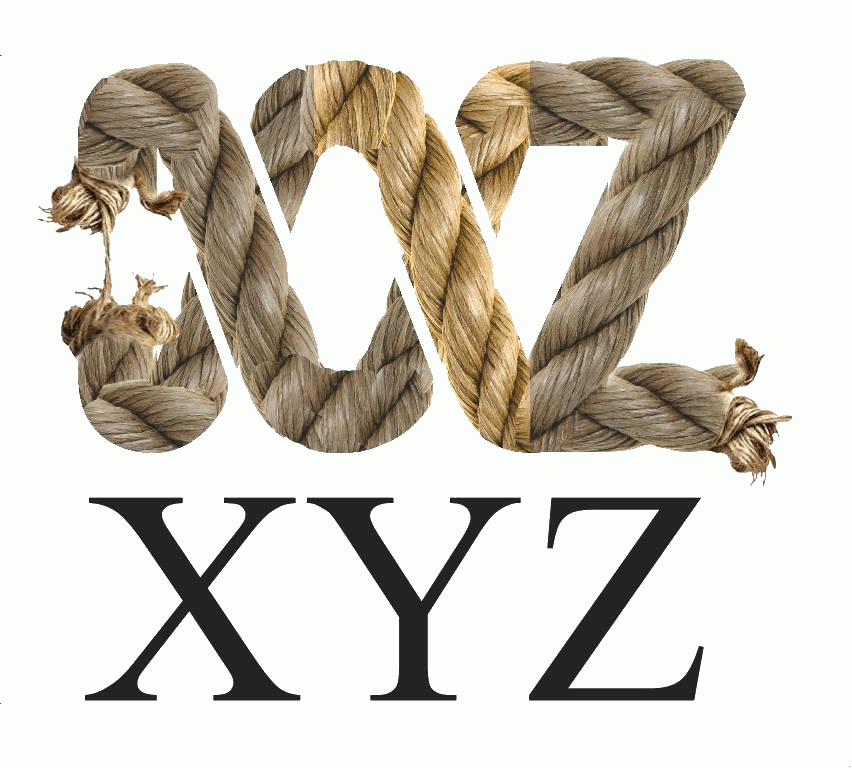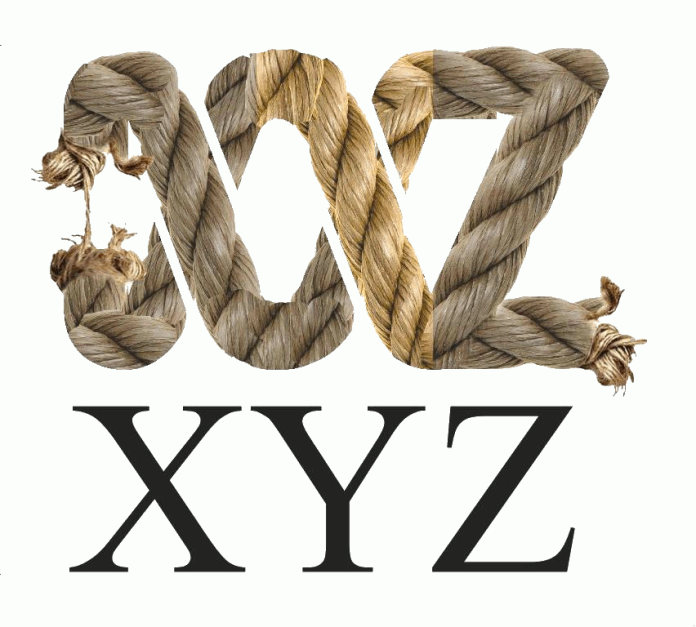Why is this story from Breitbart important?
It is a fair call to describe the growing momentum to purge America of any Confederate symbols as hysteria. The argument that the Confederate flag is a symbol of slavery and racism in America holds some merit. The argument that it is inappropriate for this flag to represent a State government, or to be flown at government buildings in America, also holds some merit. But it can be argued that the Confederate flag has taken on an identity distinct from its slaveholding roots, associated with a spirit of larrikinism and a distinct, gruff Southern identity. The attempt to taint other symbols with this brush, and the argument that these symbols are inappropriate full-stop, and must be purged completely from both public and private life, crosses the line between acknowledging and taking responsibility for injustices of the past, and deliberately erasing a people’s culture under the pretext of tolerance.
 The (Nazi) Swastika is rightly censored, given its direct connection to an explicitly racist and genocidal ideology. It is curious why the Communist Hammer & Sickle, given its association with the worst mass murderers of the 20th Century, even worse than those of the Nazis, is not rightly taboo, too. One might also ask why the ideology which has led to the enslavement of more people in human history, Islam, is not taking more responsibility for its own violent history. So there exists a confusing double standard as to which symbols of hate, slavery and mass murder are within the bounds of reasonable society, and those which are not.
The (Nazi) Swastika is rightly censored, given its direct connection to an explicitly racist and genocidal ideology. It is curious why the Communist Hammer & Sickle, given its association with the worst mass murderers of the 20th Century, even worse than those of the Nazis, is not rightly taboo, too. One might also ask why the ideology which has led to the enslavement of more people in human history, Islam, is not taking more responsibility for its own violent history. So there exists a confusing double standard as to which symbols of hate, slavery and mass murder are within the bounds of reasonable society, and those which are not.
Since the Charleston massacre in June, the purging of a number of historically important figures and symbols has been flagged. In Memphis, Tennessee, the city council has voted to exhume the body of Confederate General, and one time KKK leader, Nathan Bedford Forrest, as well as the body of his wife, to be moved from a public memorial to a private graveyard, and to move a statue of him as well. The Fleur-de-Lis, the state symbol of Louisiana, has been the subject of a “it should be confined to a museum” discussion, given that it was used to brand runaway slaves in the 1700’s, even though it has an entirely different meaning nowadays. While it must be stressed that these stories are still unfolding, what is clear is that the urge to purge America of any symbol considered “racist,” no matter how tenuous the link, exists, and is building momentum.
This is important because there is a growing mindset amongst the coastal progressive elites, (no let’s face it, it has existed for decades,) that the Americans of ‘flyover country’ are backward, racist, white rubes, who are stupid and have no culture. This mindset revealed itself in the subtext of President Obama’s comments about “bitter” Americans who “cling to guns and religion.” Scarily, it is now being said brazenly, most notably recently by several celebrities who openly declared that they “hate America,” and “hate fat white Americans.”
What these recent outbursts suggest is that progressives are feeling empowered to speak openly about what has until now, been only a bigoted undercurrent amongst progressives toward mainstream America. When taken in the context of the steadily growing urge to purge, one has to ask an important question:
Where do you draw the line between having a frank and open discussion about crimes committed in the past, lingering symbols of those crimes, and how to effectively take responsibility for those crimes; and systematically purging the history and culture of a people? If the approach being taken now toward symbols of the Confederacy had been taken immediately following the end of the American Civil War, the result would have been another civil war. It was recognised that despite the bitter, catastrophic fighting, the war had been a dispute between friends, and a heartfelt desire for reconciliation was expressed. No more, it would seem.
This mindset is being reflected in Australia. What was once an undercurrent is now a steadily growing movement which holds a ‘black-arm-band’ view of history. In the US, Thanksgiving and Independence Day celebrations are being described as racist. This year on Australia Day, ABC and SBS news bulletins went so far as to announce that “both sides of the debate” were presented in events around Australia.
 There is a big difference between recognising the dispossession of a people, taking responsibility for it, but accepting the incredible achievements in creating one of the freest and richest nations in history; and decrying the moment of its founding as “Invasion Day.” This goes beyond the bounds of a frank and open discussion in order to heal the soul of a nation. It reveals the true intention of such arguments- an intense cultural attack, designed to destroy the identity of a country, and the people who inhabit it.
There is a big difference between recognising the dispossession of a people, taking responsibility for it, but accepting the incredible achievements in creating one of the freest and richest nations in history; and decrying the moment of its founding as “Invasion Day.” This goes beyond the bounds of a frank and open discussion in order to heal the soul of a nation. It reveals the true intention of such arguments- an intense cultural attack, designed to destroy the identity of a country, and the people who inhabit it.
Dinesh D’Souza discusses the idea that it is easy to dispossess a people of all they have once you have convinced them that everything they have, they have at the expense of the dispossession of another people. Even more serious, one should consider arguments surrounding the concept of “Cultural Genocide“:
“Cultural genocide extends beyond attacks upon the physical and/or biological elements of a group and seeks to eliminate its wider institutions. This is done in a variety of ways, and often includes the abolition of a group’s language, restrictions upon its traditional practices and ways, the destruction of religious institutions and objects, the persecution of clergy members, and attacks on academics and intellectuals. Elements of cultural genocide are manifested when artistic, literary, and cultural activities are restricted or outlawed and when national treasures, libraries, archives, museums, artifacts, and art galleries are destroyed or confiscated.”
If symbols such as the Confederate flag are to be removed from public life, it is absolutely essential that a sense of proportion, relevance, and extreme caution, is maintained at all times.










